The Netherlands is known worldwide for its canals, tulip fields, windmills, red-light districts, and coffee shops. However, that’s far from all this tiny land is made of.
It might be interesting to know that the very ground you walk on has more than meets the eye.
The Netherlands carries a variety of facts that many tourists (and maybe even locals) might not yet know — and here are just seven of them:
1. Some of Amsterdam is built entirely on poles
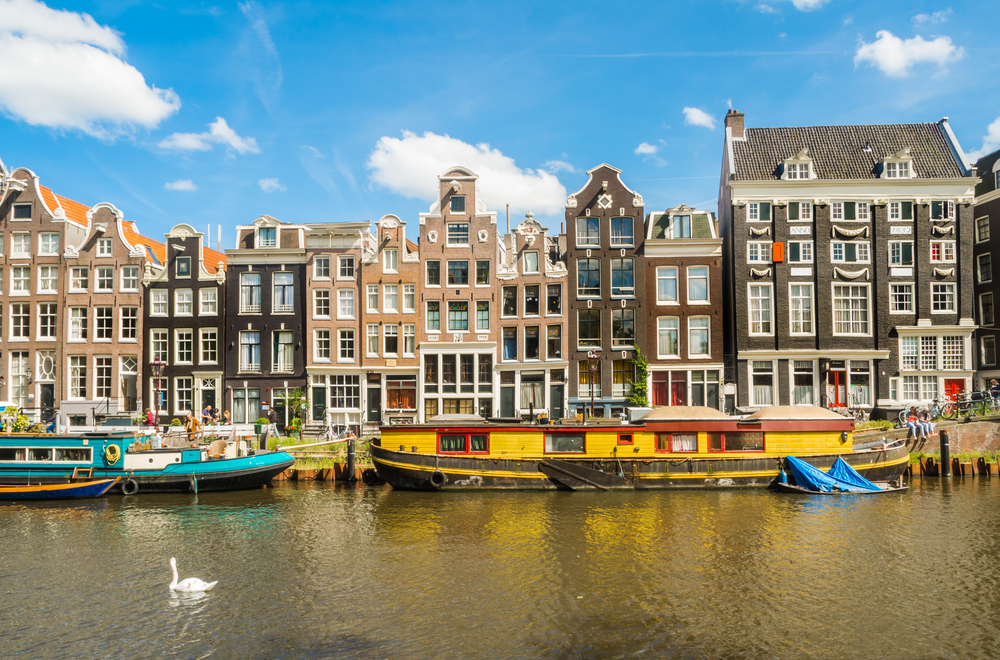
Due to the soil in Amsterdam consisting of a thick layer of fen and clay, some buildings in the city are built on wooden poles fixed in a sandy layer, approximately 11 metres deep.
Since the olden days, the houses in Amsterdam were known to have been built on wooden foundation poles that are driven deep into clay, peat, and water until they reach the first layer of solid sand.
READ MORE | The Amsterdam canal houses: why are they so wonderfully weird?
Even some of the trees in Vondelpark are supported by wooden poles to keep them from sinking into the marshy ground.
Amazingly, the Royal Palace at Dam Square is built on no less than a baffling 13,659 wooden poles! 😱
2. More than a quarter of the Netherlands is below sea level
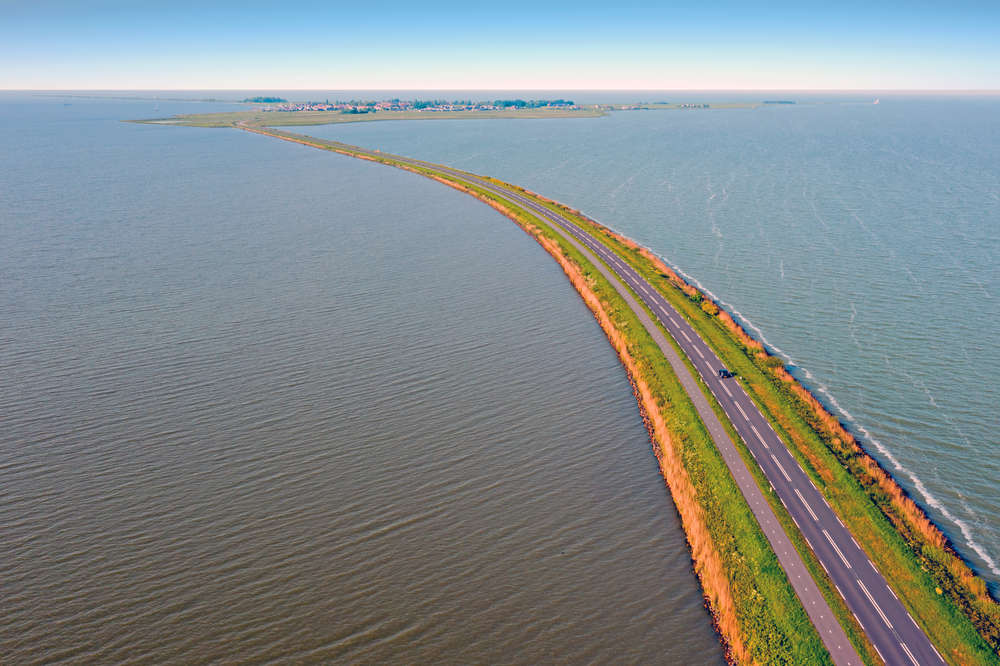
In addition to the quarter of the Netherlands that is built below sea level, 50% of its land lies less than one metre above sea level. Surprisingly, Schiphol Airport is actually 4.5 metres below sea level! ✈️
Luckily, the Netherlands is not in a tsunami-prone part of the world, and the Dutch are one of the best at dredging and putting up measures against flooding.
3. Gin was invented by the Dutch

It was not only invented by the Dutch but also introduced to the British as well.
Not a lot of people know that gin was invented in the 16th century and reportedly became a popular drink in Great Britain after William of Orange (King William III) occupied the English, Scottish, and Irish thrones.
A popular story for the term ‘Dutch courage’ is allegedly derived from when gin was used by Brits and the Dutch during the Thirty Years’ War.
4. The Netherlands has the best engineers in the world
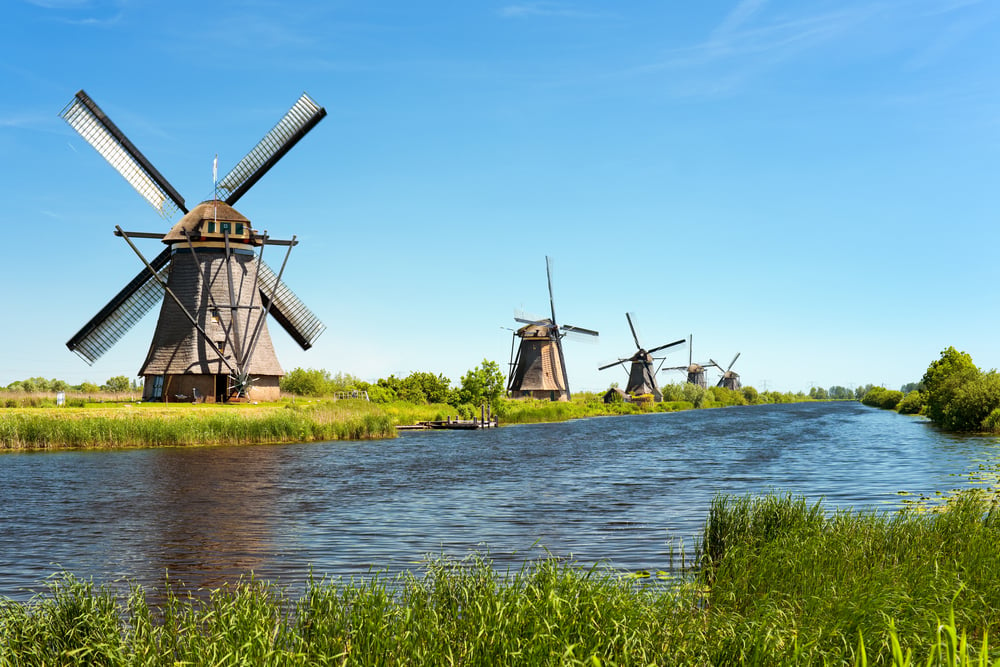
Well… at least when it comes to building and maintaining dykes.
They are so good at it that an entire province in the Netherlands is known to be made up of land reclaimed from the Zuiderzee in the 20th century — Flevoland!
5. The special case of the birth of Princess Margriet
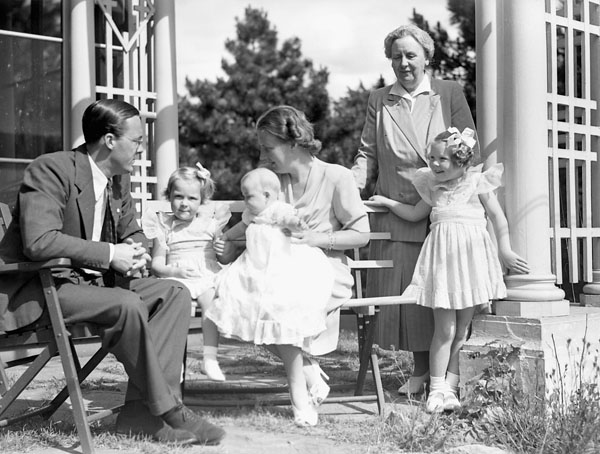
In 1943, Dutch Princess Margriet was born in Canada’s Ottawa Civic Hospital, as the Dutch royal family escaped the 2nd World War in Europe.
READ MORE | Photo report: the Netherlands at war, 1940-1945
The maternity ward where she was born had to be declared an international territory so she could inherit her Dutch citizenship from her mother, Princess Juliana.
Every year, the Dutch royal family show their gratitude by sending 10,000 tulip bulbs to the Canadian capital of Ottawa for the tulip festival.
6. Amsterdam Stock Exchange is the oldest stock exchange in the world

Some people argue that the origins of stock exchanges can be traced back to Antwerp (1460), but many more consider the Amsterdam Stock Exchange to be the oldest in the entire world.
It was established in 1602 by the Dutch East India Company (Verenigde Oostindische Compagnie or VOC), which issued the first shares on the Amsterdam Stock Exchange.
It was the first company to issue stocks and bonds. It was renamed the Amsterdam Bourse and was the first to formally begin trading in securities.
7. Why orange is the most popular colour in the Netherlands
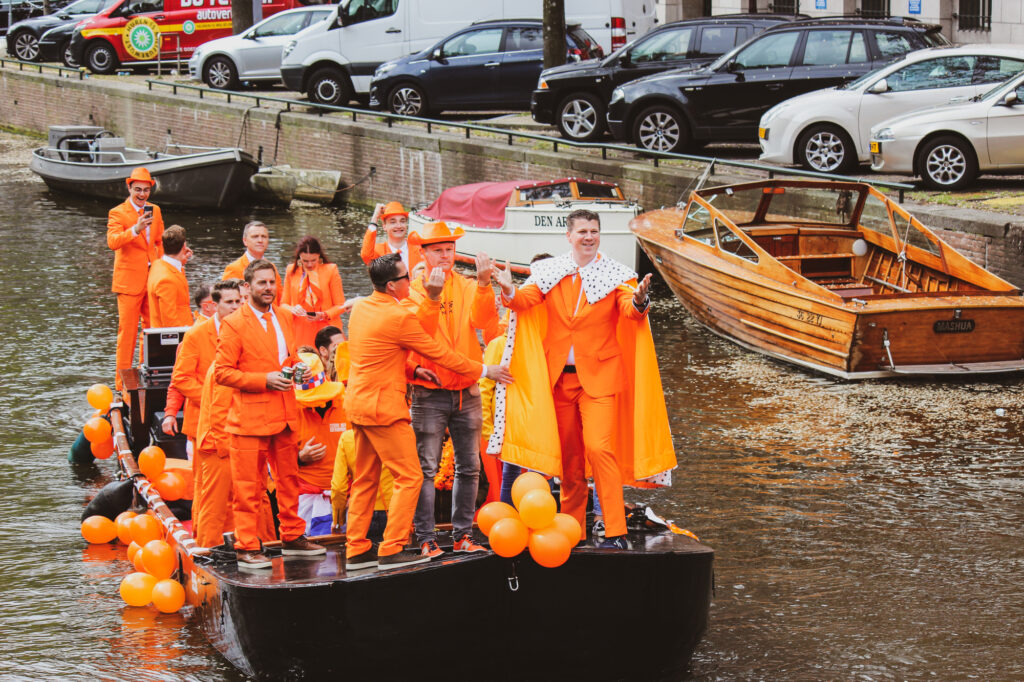
Despite not being a part of the Dutch flag, there is a reason why “Oranje” is the name of the Dutch men’s football team, and why people wear orange on King’s Day.
All through history, orange has been a huge part of Dutch culture. Why? Because it’s the colour of the Dutch Royal family.
The lineage of the current dynasty (the House of Orange-Nassau) is traced back to William the Silent or Willem van Oranje (William of Orange) as he’s called in the Netherlands. The Wilhelmus (Dutch national anthem) is written in his honour.
There are so many interesting facts to know about the Netherlands. Now that you know some of them, it’s time to go impress your Dutch friends at the next trivia night!
Which number on the list was the most interesting for you? Tell us in the comments!






Number 5
Uhm… the colour orange originates from principauté d’Orange in the Provence in France, William of Nassau inherited it from his cousin René of Chalon, who didn’t have any kids, after emperor Charles V gave his permission.
sorry not ALL buildings are build on wooden poles!!!! some very old medieval houses are, we use concrete now! dutch invention btw